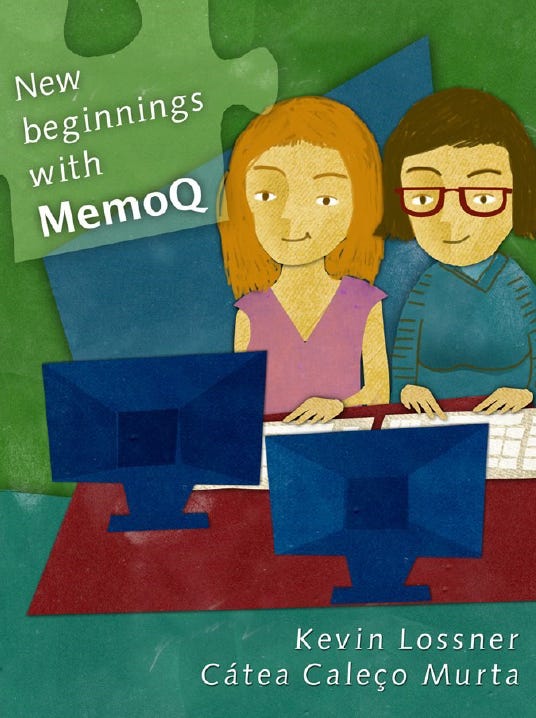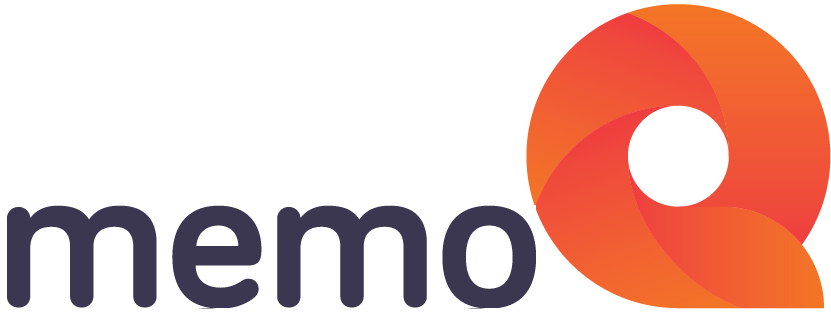Welcome to a new section of the memoQuickies Substack. I created the memoQ Basics section for a couple of reasons:
To make a “safe space” for those just getting started who may be somewhat confused by the often intermediate or somewhat advanced content of the main Substack or other sections like “Regex”
To provide new users or those who feel they are in need of a “reboot” with a structured path for (re-)learning the memoQ translation workspace environments
To collect a body of tutorials that can serve as a useful reference in first-semester courses for computer-aided translation (CAT) tools, and which can be updated more easily as the technology presented evolves
But first, a few relevant Substack basics and notes about my translation-related publications on this platform:
What you need to know about unsubscribing (or turning off e-mails) for any section of my publications will be found here in the Substack Help pages.
The memoQuickies Substack and Translation Tribulation Substack are a user-supported private initiative for public education in the language services sector. Neither is affiliated with the software provider memoQ Ltd. and methods and opinions expressed here are solely the author’s, and the author is not responsible for any policies or features of that company, nor is the company responsible for anything found on any of my sites. We have friendly relations and have helped one another out from time to time over the years, but that’s it. And the author does not have, has never had, and never will have any employment relationship with any part of the memoQ group despite the impression of some that this might be so. Many people wonder why I write so much about memoQ platforms if I’m not on the company’s payroll. The simple reason is that other people’s time is important to me, and in the real world of translation and localization work, memoQ will help nearly everyone get more work done, more efficiently, and less time (and money) will be lost.
Most of the content on my language service Substacks is free and will remain so. However, some do opt for paid subscriptions or sponsorships, which help to cover the not-trivial expenses for things like Zoom licenses, software for video and audio production, hardware repairs and replacement and perhaps some travel to conferences for in-person teaching if things go well and my health permits.
Now about those memoQ “basics”…
… these depend on the kind of work you do in the various “memoQ” environments. Most tutorials I see on the Internet still assume you have a memoQ desktop license and create projects from scratch on your local computer, but for many people this has not been the case for years. So I’ll try to strike some balance between those who use memoQ
in online projects in a web browser (memoQ WebTrans)
in online projects in a desktop edition, with or without their own license
in a desktop edition (typically Translator Pro) with received memoQ handoff packages (
*.mqoutfiles)as an independent translator with a personal license and many kinds of projects, including teamwork with colleagues who use memoQ or other CAT tools.
I see a lot of confusion sometimes when people ask for help with memoQ in social media and fail to make clear which of the four kinds of users they are for purposes of a question. Or sometimes even experienced users get confused between one mode of working and another, and unnecessarily hobble themselves by working in WebTrans when they already own their own Translator Pro license. Simple stuff like how to type a URL correctly to check out a project can be an unexpected barrier.
When the number of posts in the memoQ Basics section gets to the point where the lessons may be difficult to navigate, a Table of Contents post will be created and pinned in the section. The actual date order of posts may not be helpful, especially if I unpublish and republish articles for significant updates.
As of the time I am writing this, the latest version of memoQ is 11.1, and most content will reflect that. Older content that may be linked for some reason should be largely relevant, and I will try to add notes on version differences if there are any of importance.
There are two editions of memoQ desktop software: the Translator Pro edition mentioned before, and the Project Manager edition, which is less common and is used primarily by those creating, overseeing and supporting server-based (online) projects. I use the Project Manager edition most of the time, because I do a lot of training for teams that create and manage their projects online.
The appearance of some memoQ screens and other features differs between the two editions. I do try to remember to downgrade my license to Translator Pro for “beginner” lessons, though sometimes I do not, and there are a surprising number of people (usually in-house translators and reviewers in the corporate world) who start out with the PM edition, so it’s difficult to cover all bases, and some confusion is inevitable. If you are one of those confused, please post a comment in the relevant article or send me a private message.
So buckle up, and we’ll get on with that (New) Beginning….





